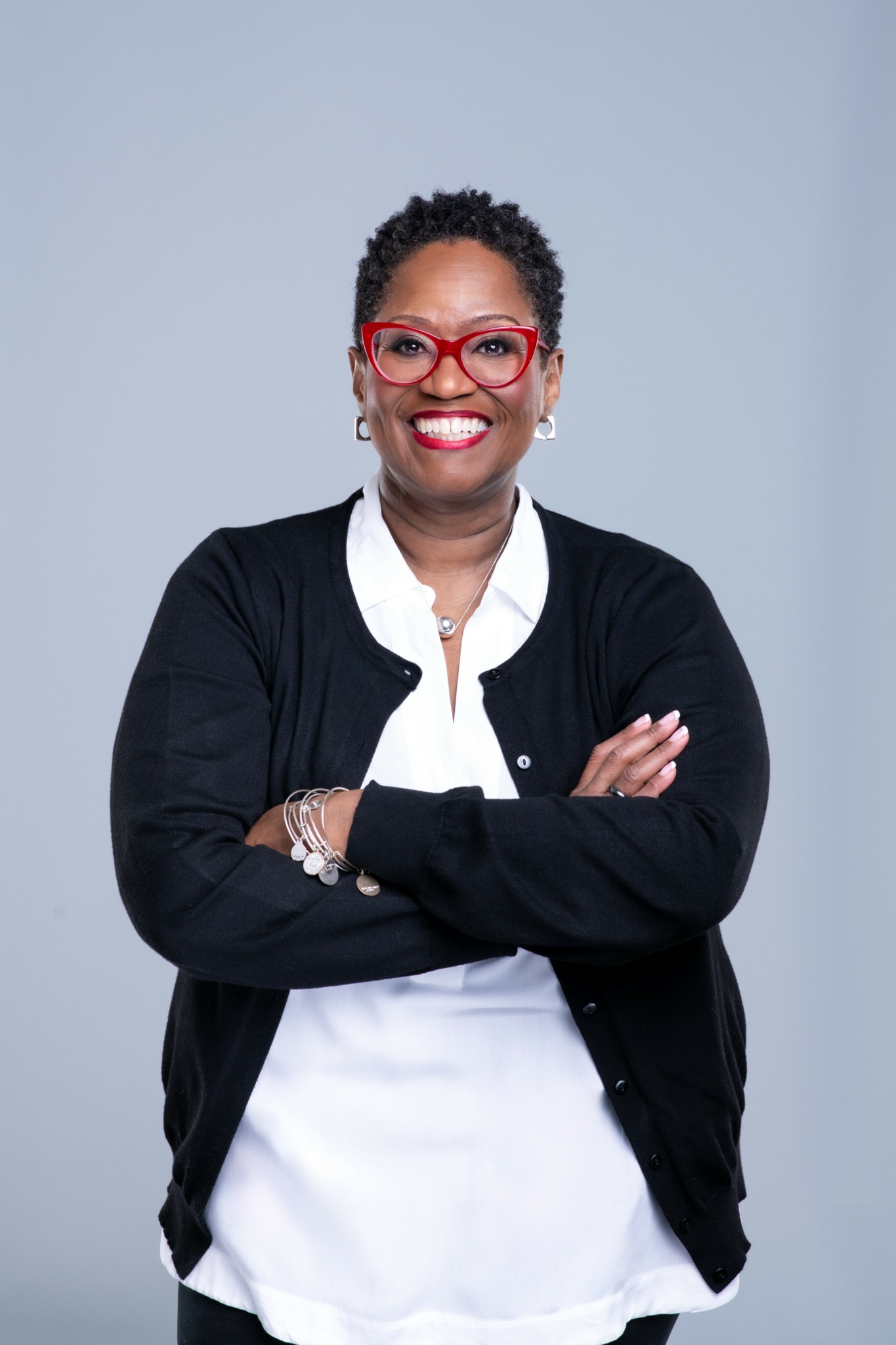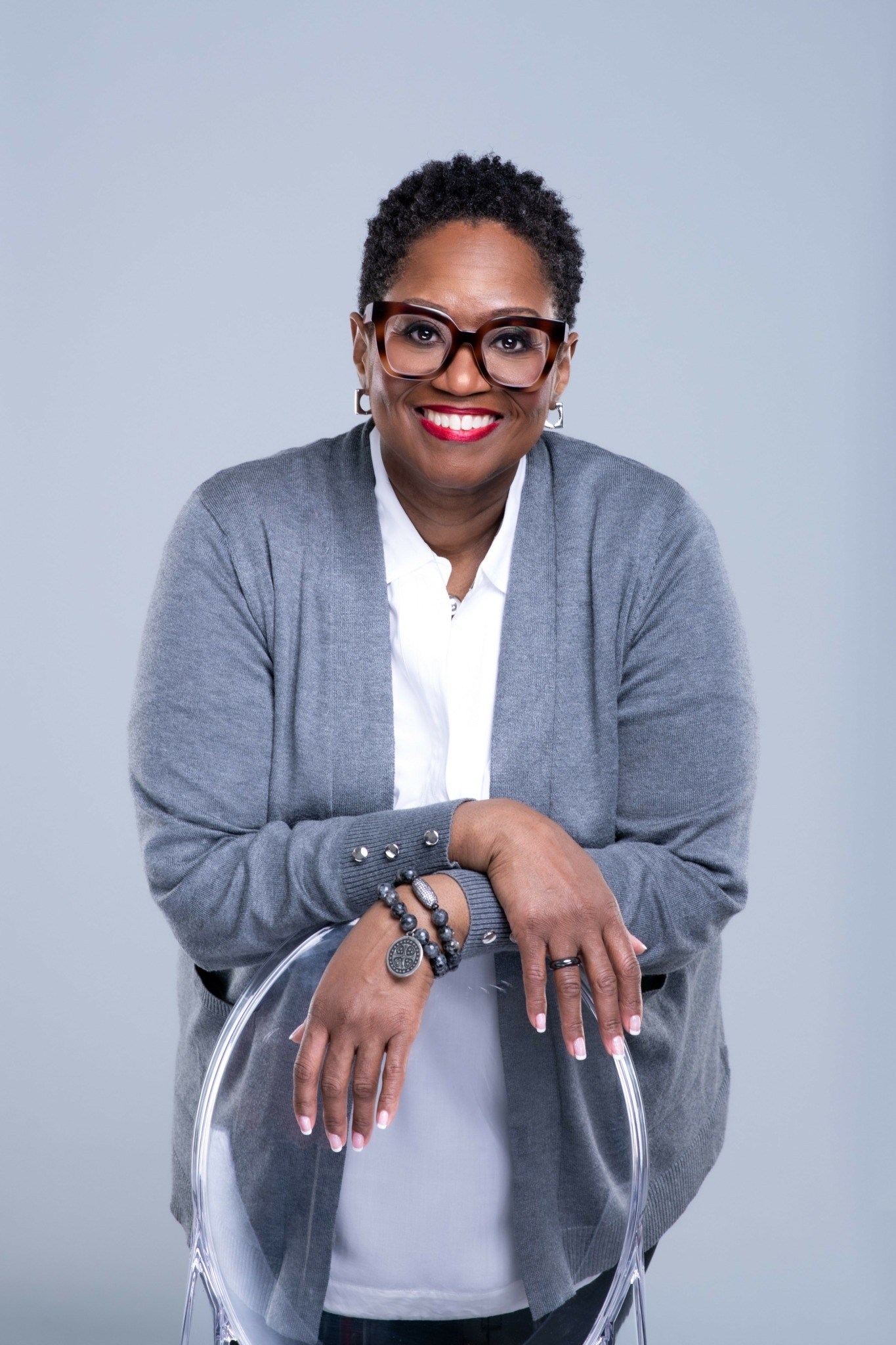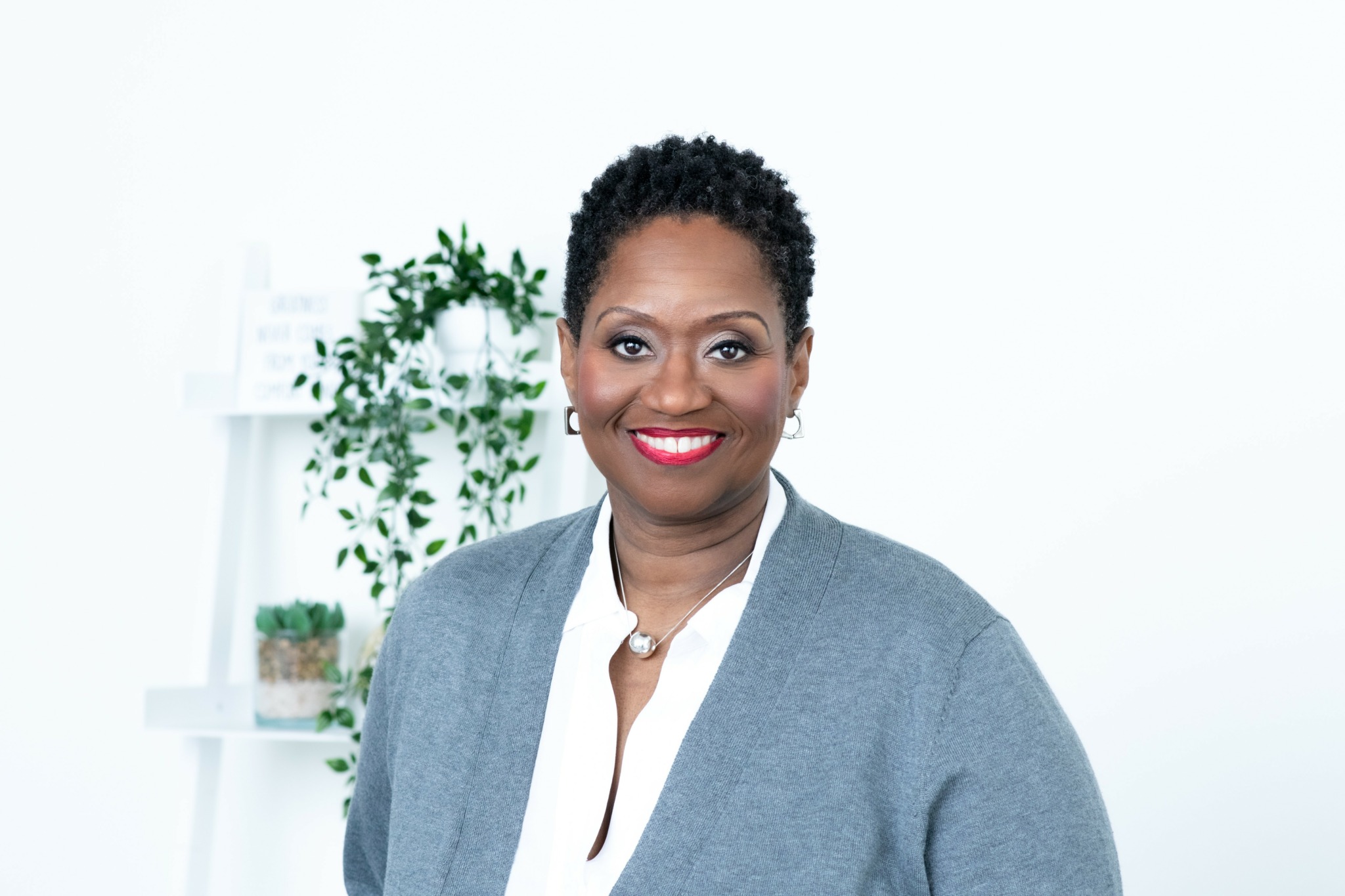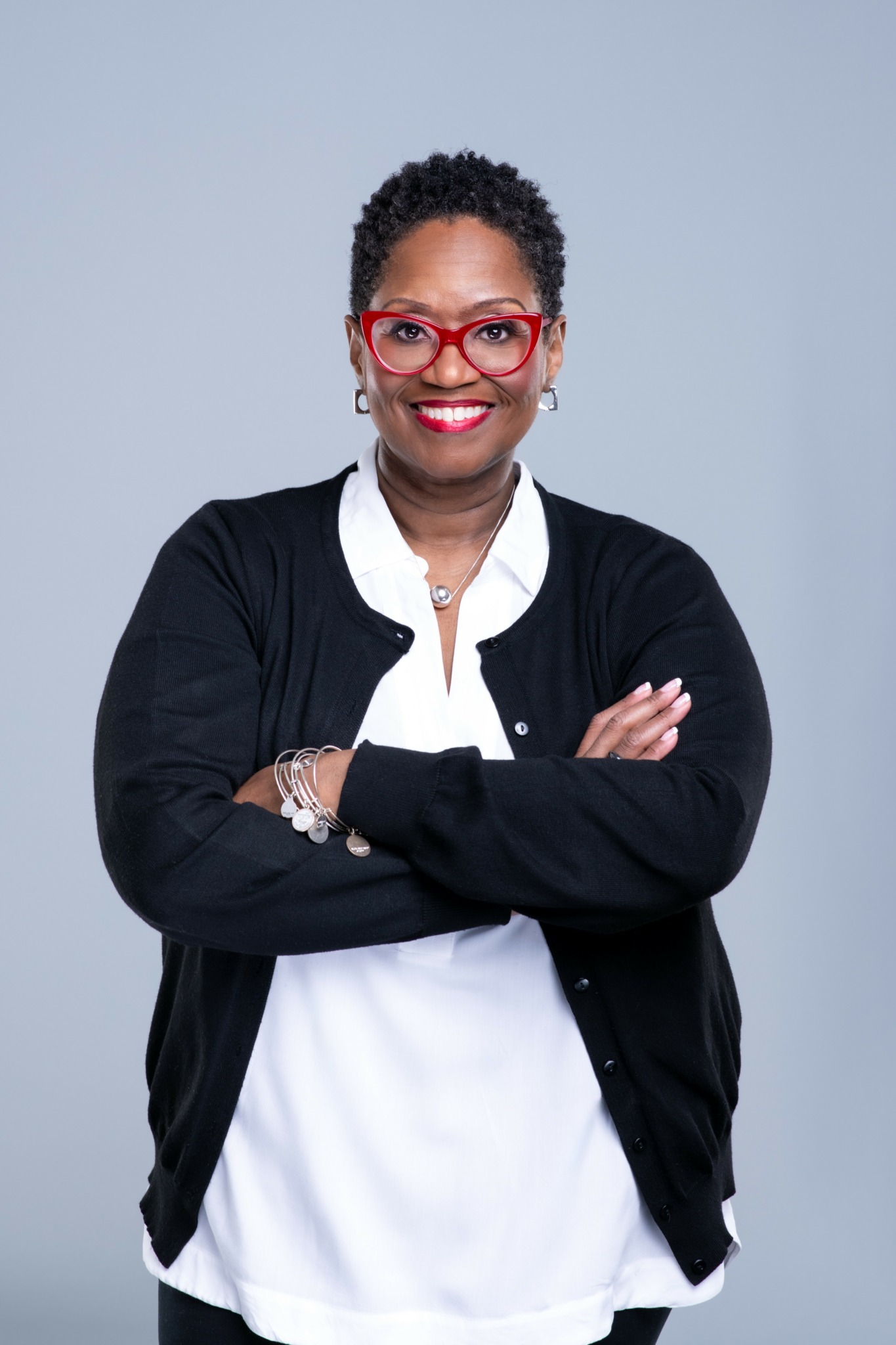We caught up with the brilliant and insightful Latish Reed a few weeks ago and have shared our conversation below.
Alright, Latish thanks for taking the time to share your stories and insights with us today. Let’s start big picture – what are some of biggest trends you are seeing in your industry?
The core of my work centers on how to lead in a way that serves all people. One of the biggest trends I am seeing right now is the backlash against the idea of diversity, equity, and inclusion. What began as a continuation of civil rights work has been reduced to three letters, DEI, which have been politicized and, in many places, demonized. Personally, I have made a conscious decision not to use abbreviations and instead use the whole words. Diversity is often regarded as the cornerstone of our nation. As a child, I learned that the U.S. was a melting pot of cultures. As a proud Black woman who enjoys the freedom of this country, I think we are more like a robust salad, where all the ingredients work together to create a flavorful entree, while maintaining its distinct tastes. However, it no longer sparks genuine dialogue about fairness and belonging. Instead, it signals political alignment.
This ebb and flow is not new. When I wrote The Complexities of Equity: Navigating Shades of Gray in Schools and Organizations, I outlined how these cycles happen across industries, not just in education. For example, in healthcare, Hillary Clinton attempted comprehensive reform in the 1990s but failed; however, her work laid the groundwork for the Affordable Care Act under President Obama. That’s a story of ideas ebbing, then returning with new energy and different leadership. And currently, with the new administration, our stance on ensuring access to healthcare for all is waning.
We are currently in an era of restrictions related to diversity, equity, and inclusion. In schools, that looks like book bans and attempts to erase difficult parts of U.S. history like slavery, Jim Crow, the treatment of Indigenous people, and the contributions of LGBTQIA individuals in curricula. In organizations, it looks like departments being downsized, trainings being halted, or leaders being hesitant to even name equity work for fear of political pushback.
The concern, of course, is that we risk going backward. When history and lived experiences are erased, we lose the chance to learn, grow, and prevent harm from repeating itself. But there’s also an opportunity here. The pushback has forced us to be more creative and strategic. It has pushed me, for example, to use language and approaches that center humanity and fairness rather than acronyms that trigger division. And it has reminded me that equity work, by any name, is really about ensuring that those who consistently fall through the cracks in our systems finally receive the support they need to succeed. Period. Point Blank.
That’s the story of this trend: resistance on the surface, but also resilience underneath. My work is to help leaders, educators, and organizations navigate that complexity without losing sight of the people they serve.

Awesome – so before we get into the rest of our questions, can you briefly introduce yourself to our readers.
I am an author, consultant, evaluator, and leadership coach whose work sits at the intersection of research and practice. My career began in education, where I taught learners from middle school through doctoral students in graduate educational leadership, and later served as an assistant principal, district equity specialist, and professional development manager. In each role, my goal was to identify the needs of individuals or groups who have not been adequately served in common settings and support leaders in their efforts to better meet those needs. That end continues to shape my work and fuels my commitment to helping organizations address systemic inequities.
As an owner/member of Derute Consulting Cooperative, I currently provide professional development, evaluation, and leadership coaching. My book, The Complexities of Equity: Navigating Shades of Gray in Schools and Organizations (Corwin Press, 2025), introduces frameworks such as ICE-T and the Equity Empowerment Continuum to help leaders and organizations make thoughtful decisions about fairness and human dignity, especially in today’s climate, where diversity, equity, and inclusion have become politicized. As a practitioner/scholar, my goal is to bridge the gap between theory and practice, providing practical tools that leaders can apply immediately to enhance outcomes.
My clients turn to me when they face difficult questions about inclusion, equity, and accountability. Whether the challenge is redesigning professional learning systems, revising policies to be more inclusive, or evaluating whether equity efforts are making a real impact, I help create organizations customize their action plans to address their context. My work spans schools, districts, businesses, nonprofits, philanthropy, and government.
My goal when I work with my clients is to help them understand that there may be ebbs and flows in the work, but they can be empowered to move forward. I want readers, clients, and followers to know that while progress may come in shades of gray, it is always possible and worth the effort.
How’d you build such a strong reputation within your market?
My reputation is built on courage and authenticity. Since I was a child, I was always the person who was willing to say things that others thought, but were too afraid to say. Before I even knew what equity was, I was an advocate for myself and others. Throughout my personal and professional life, that has meant I was often the only voice in many rooms. Over time, I’ve learned not only how to speak truth in uncomfortable spaces but also how to communicate in ways that build coalitions and foster buy-in. My brand is about taking a balanced approach that combines courage and strategy, which is something that leaders can both embrace and sustain themselves.
The Complexities of Equity was born out of a need to demonstrate how consensus building requires navigating complexity. As a young person, I always thought things were black and white, right or wrong. However, I learned that there are shades of gray and that equity work and advocacy are dynamic. Even still, I help people navigate the gray areas and keep their sights set on fostering more fairness and humanity in their context. My reputation has grown from being transparent about both my successes and failures, and from demonstrating to others how to persevere even when the work is
Whether I’m coaching, consulting, facilitating professional development, or conducting evaluations, my approach is to first understand the specific context, challenges, and culture of the organization. From there, I provide information, resources, and strategies to help clients create an action plan centered on what they can control and influence. That contextual, personalized approach is what people remember and why they come back to work with me.

How about pivoting – can you share the story of a time you’ve had to pivot?
After spending seven years as an assistant professor at one university and five years at another, I was not granted tenure. As someone who had been mostly successful at reaching any goal I set for myself, I was absolutely devastated! Despite excelling in my department and having no indication that my tenure was at risk, I was denied tenure in a life-altering decision that felt both crushing and arbitrary. Even though I didn’t get tenure, I did not go away quietly. I participated in a new hearing process because the university department did not follow the initial process with fidelity. I also went through the university’s official appeal process, but I was still unsuccessful in my bid for tenure. While those efforts did not result in tenure, they were not wasted. By advocating for myself, I helped push the university to change certain practices so that future faculty members would not be as vulnerable to the kind of subjectivity that shaped my experience.
As I was navigating this major pivot point in my life, the role of equity leader in the district where I taught and led as a school administrator became available. I applied for and was hired as a district administrator responsible for equity and diversity. The position provided me with the opportunity to apply the research approaches I had studied in practice. It also helped me understand the authentic resistance that individuals in organizations face when addressing issues of equity, fairness, and inclusion. Instead of just analyzing that resistance, I had to work directly with people to help them move through it in real-time.
After a few years in that role, I realized that what I was learning could help others, and I decided to write my book, The Complexities of Equity: Navigating Shades of Gray in Schools and Organizations, to capture both the challenges and the practical tools leaders need to advance equity work in messy, real-world contexts.
While not getting tenure was painful at the time, it put me on a trajectory where I could have more influence while learning more about what I had studied for many years. Even after I left the role, I remain connected with my colleagues with whom I worked. Many of the policies and protocols remain in place, providing a foundation for staff to continue developing more equitable changes despite resistance and obstacles. While initially disappointing, this shift taught me that there are still opportunities to lead, advocate, and create lasting impact.
Contact Info:
- Website: https://reedlead.com
- Instagram: https://www.instagram.com/latishreed/
- Facebook: https://www.facebook.com/profile.php?id=8642367
- Linkedin: https://www.linkedin.com/in/latish-reed-ph-d-78670954/
- Youtube: https://www.youtube.com/@dr.latishreed-leadingforeq87

Image Credits
Kalida N. Williams of Kalida Williams Photography


